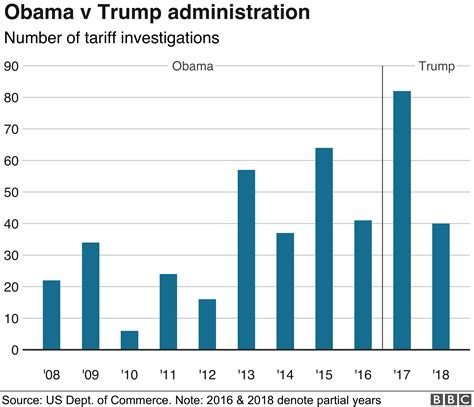US President Donald Trump’s recent decision to impose tariffs on Australian beef has sent shockwaves across the nation. The implications of this move extend far beyond trade agreements, directly impacting the pockets and palates of American consumers.
“The only one that really loses out of this is going to be the US consumer and the only one who’s going to gain will be the US cattle producers, so it’s really just an internal transfer of wealth,”
remarked John McKillop, Red Meat Advisory Council’s independent chair.
The love affair between Americans and their fast-food staple, the McDonald’s quarter pounder, faces a potential price hike due to these tariffs. With 44 million kilograms of Australian beef used annually by McDonald’s globally, including in the United States alone but excluding Australia itself, any increase in beef prices could translate into higher menu costs for consumers.
Australian Meat Industry Council CEO Tim Ryan emphasized that Australian meat plays a crucial role in supplying lean trim for US burger production. He noted,
“Australian meat, particularly lean trim, is a significant input into US burger production and is a reliable, safe protein for US consumers.”
Such tariffs not only impact consumer choices but also reflect broader economic strategies and national priorities. President Trump’s intention to bolster domestic industries and address perceived trade imbalances through tariffs may have unintended consequences on popular food chains like McDonald’s.
Garry Edwards from Cattle Australia highlighted how Australian beef exports complement American shortages in high-quality cuts essential for hamburger production.
“Without Australian lean beef blended to local fatty trim, the US would need to use higher value cuts in their burgers and miss out on valuable export opportunities,”
he explained.
The delicate balance between international trade relationships and domestic economic interests comes sharply into focus with these developments. As global supply chains intertwine, disruptions in one corner of the world can ripple outwards with unforeseen effects—an intricate dance between nations seeking advantage without sacrificing consumer satisfaction or industry stability.
Amidst all this stands President Trump—a central figure driving these policy changes with promises of revitalizing America’s economic prowess. His rhetoric around reciprocal tariffs aims to level what he perceives as an uneven playing field accumulated over decades of trade practices deemed unfavorable to American interests.
As experts analyze the impacts on various sectors affected by these tariffs—ranging from pharmaceuticals to copper—it becomes evident that decisions made within political chambers resonate deeply within everyday lives. Consumers lining up at fast-food counters might soon find themselves contemplating more than just menu options but also pondering geopolitics shaping their meal prices.
While Mr. Trump heralds this move as ‘Liberation Day’ for Americans—a step towards reclaiming past glories—the repercussions unfold slowly across industries intertwined with global markets. The unintended consequences lurking behind tariff policies serve as cautionary tales about navigating complex economic landscapes with broader implications than initially envisioned.

